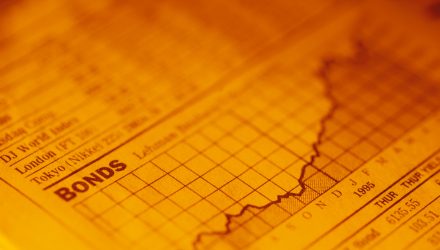The price change of a bond will approximate the change in interest rate times the duration of the bond. For example, if interest rates rise 2% and an investor owns a bond with an 8 year duration, the price of the bond will decline by approximately 16%. A bond with a long duration will be much more volatile than a bond with a short duration when interest rates change.
Bond Basics
Now you understand the basics: what a bond is, bond terms, the relationship between price and yield, and the two main risks of owning bonds.
Don’t let the past several decades be your guide regarding bond risks and returns. The period starting in 1980 saw yields fall from record highs to record lows. That means current prices are near record highs and offer near record low yields.
There is no rule that you must have bonds in your portfolio. Remember, as bond yields rise, bond prices fall. Always consider the current risk of a bond or bond fund before including it in your portfolio.
This article was republished with permission from Arbor Investment Planner.

